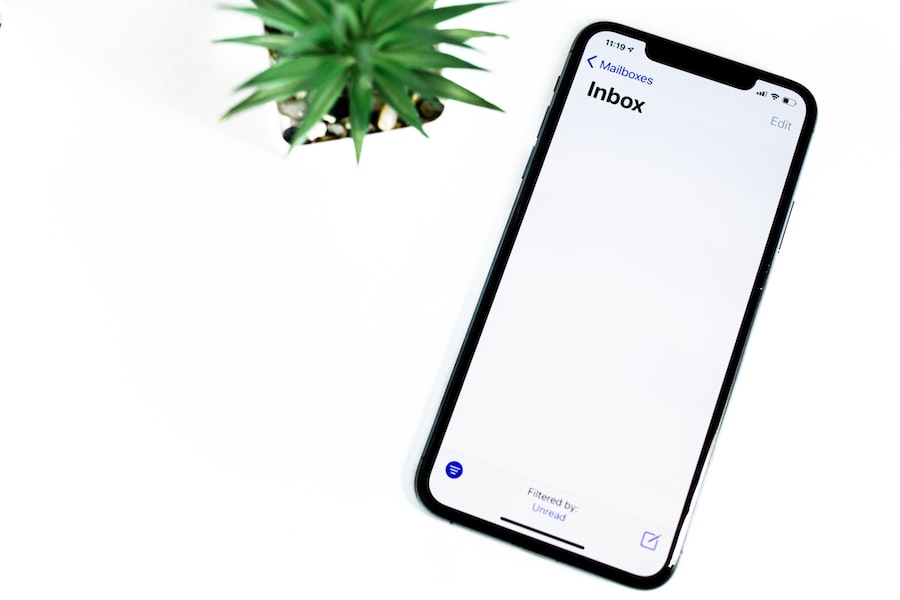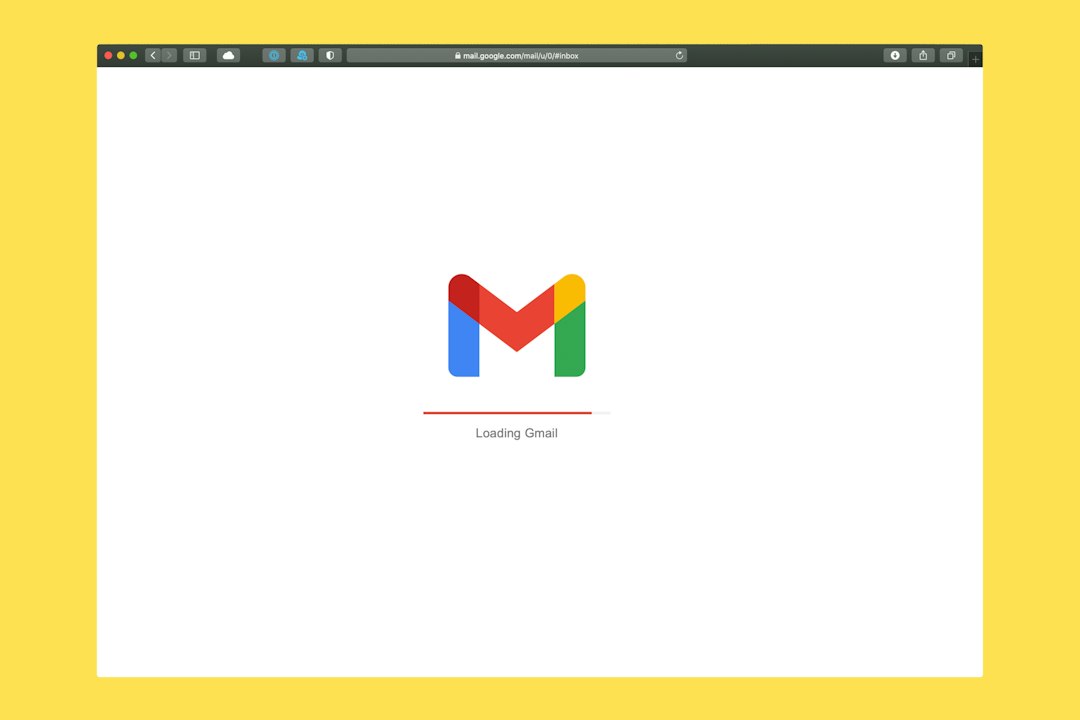Mailchimp is a powerful email marketing tool that allows businesses to create, send, and track email campaigns. With its user-friendly interface and robust features, Mailchimp has become the go-to platform for businesses of all sizes to engage with their audience and drive conversions.
Email marketing is a crucial component of any successful marketing strategy. It allows businesses to directly communicate with their target audience, build brand awareness, nurture leads, and drive sales. With Mailchimp, businesses can easily create professional-looking emails, segment their audience, personalize their messages, and track the success of their campaigns.
Key Takeaways
- Mailchimp is the ultimate email marketing tool for businesses of all sizes.
- Understanding your target audience is crucial for crafting effective emails.
- Crafting a compelling subject line is key to getting your emails opened.
- Designing visually appealing emails is important for engaging your audience.
- Writing persuasive email copy can increase conversions and drive sales.
Understanding Your Target Audience: The Key to Crafting Effective Emails
Before you can create effective emails, it’s important to understand who your target audience is. This involves identifying your ideal customer and creating buyer personas that represent different segments of your audience.
To identify your target audience, start by analyzing your existing customer base. Look for common characteristics such as demographics, interests, and behaviors. This will help you create buyer personas that accurately represent your target audience.
Once you have identified your target audience, it’s important to understand their pain points and needs. What challenges do they face? What are their goals? By understanding their needs, you can tailor your emails to address these pain points and provide solutions.
Crafting a Compelling Subject Line: Tips and Tricks
The subject line is the first thing your audience sees when they receive your email. It plays a crucial role in determining whether or not they will open your email. Therefore, it’s important to craft a compelling subject line that grabs attention and entices the recipient to open the email.
Some best practices for writing subject lines include keeping them short and concise, using action-oriented language, creating a sense of urgency or curiosity, and personalizing them whenever possible. For example, instead of using a generic subject line like “Check out our latest offers,” you could use a personalized subject line like “John, exclusive offers just for you!”
Here are some examples of effective subject lines:
– “Limited time offer: 50% off all products!”
– “Don’t miss out on our biggest sale of the year!”
– “5 tips to boost your productivity and achieve your goals”
Designing Your Email: Best Practices for Visual Appeal
The design of your email plays a crucial role in capturing the attention of your audience and conveying your message effectively. A visually appealing email is more likely to be read and acted upon.
When designing your email, it’s important to keep it clean and clutter-free. Use a clear and easy-to-read font, and make sure your text is properly formatted with headings, subheadings, and bullet points. Use images and graphics sparingly, and make sure they are relevant to your message.
Here are some best practices for email design:
– Use a responsive design that adapts to different screen sizes
– Use white space to create a clean and organized layout
– Use a consistent color scheme and branding elements
– Include a clear call-to-action that stands out
Here are some examples of visually appealing emails:
– A clothing retailer sending an email with high-quality product images and a clean layout
– A travel agency sending an email with stunning destination photos and a clear call-to-action to book a trip
Writing Email Copy that Converts: The Art of Persuasion
The copy of your email is just as important as the design. It’s what persuades your audience to take action, whether it’s making a purchase, signing up for a webinar, or downloading an ebook.
When writing email copy, it’s important to focus on the benefits rather than the features of your product or service. Highlight how your offering can solve their problems or improve their lives. Use persuasive language and storytelling techniques to engage your audience and make them feel connected to your brand.
Here are some tips for writing persuasive email copy:
– Use a conversational tone to make your emails feel more personal
– Use social proof, such as testimonials or case studies, to build trust
– Include a clear call-to-action that tells the recipient what you want them to do
– Use scarcity or urgency to create a sense of FOMO (fear of missing out)
Here are some examples of persuasive email copy:
– “Don’t miss out on our limited-time offer! Get 50% off all products and transform your skincare routine today!”
– “Join thousands of satisfied customers who have achieved their fitness goals with our personalized training program. Sign up now and get started on your journey to a healthier you!”
Personalization and Segmentation: Customizing Your Emails for Maximum Impact

Personalization and segmentation are key strategies for maximizing the impact of your email campaigns. By personalizing your emails based on the recipient’s preferences and behavior, you can create a more tailored and relevant experience.
To personalize your emails, start by collecting data about your audience. This can include information such as their name, location, purchase history, and browsing behavior. Use this data to segment your audience into different groups based on their interests or behavior.
Once you have segmented your audience, you can create targeted emails that speak directly to their needs and interests. For example, if you have a clothing store, you could send different emails to male and female customers, or to customers who have previously purchased certain types of products.
Here are some examples of personalized and segmented emails:
– A bookstore sending personalized recommendations based on the recipient’s past purchases
– An e-commerce store sending targeted emails to customers who have abandoned their shopping carts
A/B Testing: How to Optimize Your Email Campaigns for Success
A/B testing is a powerful technique for optimizing your email campaigns and improving their performance. It involves testing different elements of your emails, such as subject lines, copy, design, and call-to-action, to see which version performs better.
To conduct A/B testing, start by identifying the element you want to test. For example, you could test two different subject lines to see which one generates a higher open rate. Split your audience into two groups and send each group a different version of the email. Track the performance of each version and analyze the results to determine the winning version.
Here are some examples of A/B testing for email campaigns:
– Testing two different subject lines to see which one generates a higher open rate
– Testing two different call-to-action buttons to see which one generates a higher click-through rate
Timing is Everything: When to Send Your Emails for Maximum Open Rates
The timing of your emails can have a significant impact on their success. Sending an email at the right time can increase the likelihood of it being opened and read by your audience.
The best times to send emails can vary depending on your industry and target audience. However, some general guidelines suggest that sending emails on weekdays, particularly Tuesday through Thursday, during the late morning or early afternoon tend to have higher open rates.
It’s also important to consider the time zone of your audience. If you have a global audience, you may need to schedule your emails to be sent at different times to accommodate different time zones.
Here are some examples of successful email timing strategies:
– A restaurant sending an email with lunch specials at 11:30 am to catch people’s attention before they start thinking about where to eat
– An e-commerce store sending an email with a flash sale at 7 pm when people are more likely to be browsing online
Analyzing Your Results: Measuring the Success of Your Email Campaigns
Analyzing the results of your email campaigns is crucial for understanding their effectiveness and making data-driven decisions to improve future campaigns. There are several metrics you can track to measure the success of your email campaigns.
Some key metrics to track include open rate, click-through rate, conversion rate, and unsubscribe rate. These metrics can provide insights into how well your emails are performing and help you identify areas for improvement.
To analyze your results, use the reporting and analytics features in Mailchimp. These features provide detailed insights into the performance of your emails, including how many people opened them, clicked on links, and made a purchase.
Best Practices for Maintaining a Successful Email Marketing Strategy with Mailchimp
To maintain a successful email marketing strategy with Mailchimp, it’s important to follow some best practices:
– Regularly clean your email list to remove inactive or unengaged subscribers
– Test different elements of your emails, such as subject lines and call-to-action buttons, to optimize their performance
– Use automation features to send targeted and personalized emails based on specific triggers or actions
– Continuously analyze the results of your email campaigns and make data-driven decisions to improve future campaigns
By following these best practices and using Mailchimp to its fullest potential, businesses can achieve success in their email marketing campaigns.
Email marketing is a powerful tool for businesses to engage with their audience, build brand awareness, and drive conversions. With Mailchimp, businesses have access to a comprehensive set of features that make it easy to create, send, and track email campaigns.
By understanding their target audience, crafting compelling subject lines, designing visually appealing emails, writing persuasive copy, personalizing and segmenting their emails, conducting A/B testing, timing their emails effectively, analyzing their results, and following best practices for maintaining a successful email marketing strategy with Mailchimp, businesses can maximize the impact of their email campaigns and achieve success in their marketing efforts.
If you’re looking to take your email marketing to the next level, you won’t want to miss this related article on Martech.com.my. In their comprehensive guide, they delve into the intricacies of creating winning email campaigns with Mailchimp. From crafting compelling subject lines to designing eye-catching templates, this practical guide covers it all. Whether you’re a seasoned marketer or just starting out, this article is a must-read for anyone looking to maximize the impact of their email campaigns. Check it out here!
FAQs
What is Mailchimp?
Mailchimp is an email marketing platform that allows businesses to create and send email campaigns to their subscribers. It offers a range of features including email templates, automation, segmentation, and analytics.
Why is email marketing important?
Email marketing is important because it allows businesses to communicate directly with their subscribers and customers. It is a cost-effective way to promote products and services, build brand awareness, and drive sales.
What are the benefits of using Mailchimp?
Mailchimp offers a range of benefits including easy-to-use templates, automation features, segmentation options, and detailed analytics. It also integrates with a range of other tools and platforms, making it a versatile and powerful marketing tool.
How do I create a winning email campaign with Mailchimp?
To create a winning email campaign with Mailchimp, you should start by defining your goals and target audience. Then, you can use Mailchimp’s templates and design tools to create an engaging and visually appealing email. You should also consider using automation and segmentation to personalize your emails and improve their effectiveness.
What are some best practices for email marketing?
Some best practices for email marketing include segmenting your audience, personalizing your emails, using clear and concise subject lines, including a clear call-to-action, and testing and optimizing your campaigns over time. It is also important to comply with email marketing regulations and obtain consent from your subscribers.

